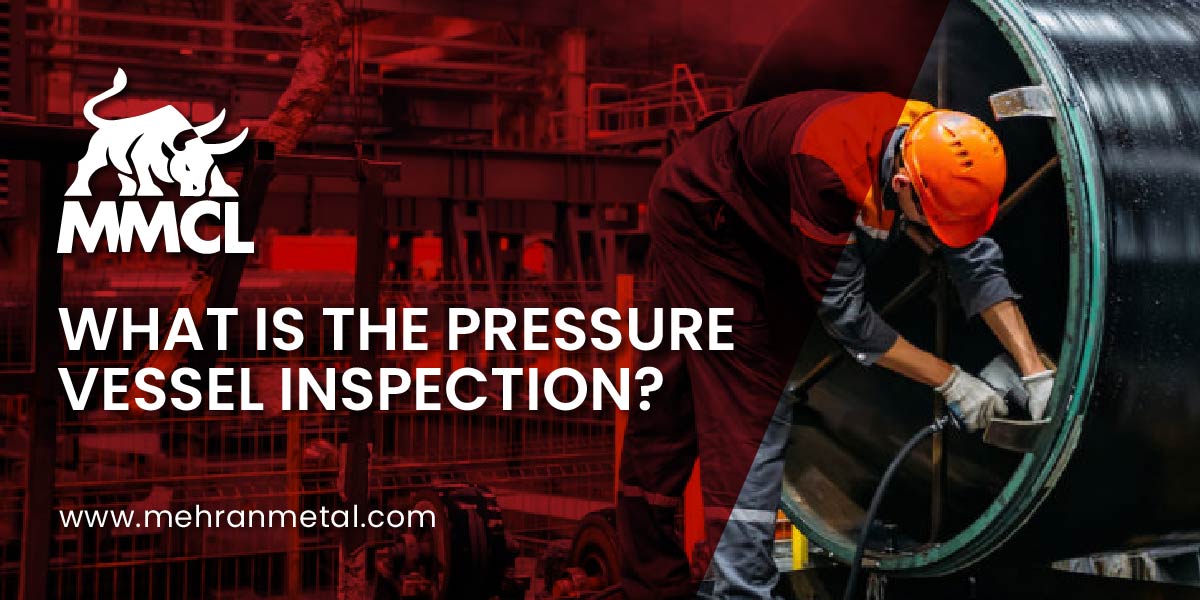Pressure vessels serve as containers for the storage and transportation of fluids or gases under pressure for several industries, including production, chemical, and energy industries. These vessels are subjected to considerable pressure, and inadequate maintenance could pose a substantial risk. For this reason, it is essential to periodically inspect and evaluate pressure vessels to guarantee their safe and sound performance.
Apart from the standard regulatory specifications for pressure vessels, each pressure vessel has inherent operating parameters known as design pressure and design temperature. The majority of pressure vessels are engineered to operate at 15 Pounds per Square Inch Gauge or above. A pressure vessel may malfunction horrifically if it happens to operate at a pressure or temperature exceeding what it was built to withstand.
How Do You Perform a Pressure Vessel Inspection?
Pressure vessels should generally be evaluated at least once every five years. The structural integrity of the vessel, as well as its engineering, components, manufacture, and installation, are all thoroughly examined during a pressure vessel inspection. Commonly, pressure testing, non-destructive testing (NDT), and visual inspection constitute phases of the inspection procedure.
During a pressure vessel inspection, the following aspects are evaluated:
- Obtain visual indicators of the vessel’s condition, documenting the state of the interior insulation, connections, and welded joints.
- Measure the wall thickness of the vessel to determine deterioration with usage.
- Ensure that the vessel is still safe for usage by conducting a stress study.
- Perform a hydrostatic pressure test and check that the vessel’s pressure-releasing mechanisms are operating effectively.
What is the Non-Destructive Testing (NDT) for Pressure Vessels?
Non-destructive testing or NDT is an approach that evaluates the structural integrity and material strength of the pressure vessel without inflicting damage upon it. A variety of nondestructive testing (NDT) procedures, such as dye penetration testing, magnetic particle testing, eddy current testing, ultrasonic volumetric imaging, and radiographic volumetric testing, can be performed to evaluate pressure vessels. These investigations aid in locating any issues or defects that may jeopardize the operational efficiency and safety of the vessel.
What is the ASME Code for Pressure Vessel Testing?
A globally esteemed organization, the American Society of Mechanical Engineers (ASME), establishes standards and regulations for pressure vessel construction, layout, and inspection. To accomplish pressure vessel testing and inspections in full compliance with established industry standards and safety laws, the ASME Boiler and Pressure Vessel Code specifies suggestions for improvements.
As an accrediting authority, the ASME grants permission to impartial third parties (e.g. verification, testing, and certification firms) to examine and verify that the pressure vessels, cylinders, and boilers comply with ASME standards.
Which ISO Standard Applies to Pressure Vessels?
The standards for the design, production, testing, evaluation, and certification of pressure vessels are outlined in detail in ISO 16528. Compliance with the standards established by ISO promotes worldwide uniformity and excellence in pressure vessel production and testing procedures.
The Types of Pressure Vessels
Pressure vessels are available in numerous forms and are put to use for diverse purposes. Storage tanks, boilers, heat exchangers, pipelines, and cylinders are some of the common kinds. Based on their particular applications, each type of vessel serves an exclusive purpose as well as features a particular design and construction characteristics.
Listed below are some prevalent types:
- Storage Tanks: Gases or liquids are maintained under high pressure within these large vessels usually composed of carbon steel. Energy production and water treatment plants represent some of the sectors that make use of these vessels.
- Boilers: Boilers are primarily composed of alloyed steel and yield either steam or hot water for thermal purposes or to generate electrical energy. Power stations, petroleum refineries, and production plants are among the many industries that employ them extensively.
- Heat Exchangers: These vessels, built from carbon steel, transmit thermal energy without combining two liquids. They have metal tubes that allow one product to pass through while another flows around them, preventing any interaction between two distinct products. They have applications in refrigerated storage, air conditioning and ventilation systems, and factory operations.
- Reactors: In the chemical and petrochemical sectors, reactors are containers used to conduct process chemicals at elevated levels of pressure and temperature. These pressure vessels are commonly observed in industrial manufacturing lines, which deploy a several vessels in combination to produce a product.
- Pipelines: Designed for transportation of liquids or gaseous substances over great distances, pipelines are continuous vessels under pressure. They are essential for the circulation of gas, water, and fuel.
- Pressure Vessels for Compressed Gases: These storage vessels are frequently employed in the petroleum refinery and pharmaceutical industries, where they serve to store compressed gases like oxygen, nitrogen, or hydrogen.
- Cylinders: Cylinders are portable pressure containers that hold gases at extreme pressures. They are widely employed in domains involving healthcare, scuba diving, and metalworking.
- Air Receivers: They serve their purpose in several sectors, like construction and manufacturing, that depend on a steady supply of pressurized air.
To ensure optimal functionality and safety, each type of pressure vessel has certain design specifications along with regulatory requirements. For these vessels to remain intact, you must comply with applicable regulations and undertake periodic assessments and inspections.
The Types of Pressure Vessel Testing
There are two primary forms of pressure vessel testing: hydrostatic testing and pneumatic testing. Each kind of testing serves to ensure that the pressure vessels are capable of maintaining their authorized operating pressures.
1. In hydrostatic testing, a vessel is filled with liquid (such as water or hydraulic fluid) and pressure is applied to detect leakage or additional issues. Pressure vessels, plumbing systems, and pipelines are often tested with this method.
2. Pneumatic testing tests the durability and integrity of the vessel using compressed air or non-flammable gases. It takes more energy to achieve the necessary pressure in pneumatic testing as the gas being used is compressible. Systems like certain kinds of pipelines and containers that cannot be loaded with water are usually put to this test.
Final Remarks:
To sum up, pressure vessel inspection is an essential procedure for guaranteeing the reliability and protection of these vessels. Through the use of diverse non-destructive testing (NDT) techniques and adherence to industry standards like ASME and ISO, you can detect and mitigate any potential issues before they cause any harm or damage.

